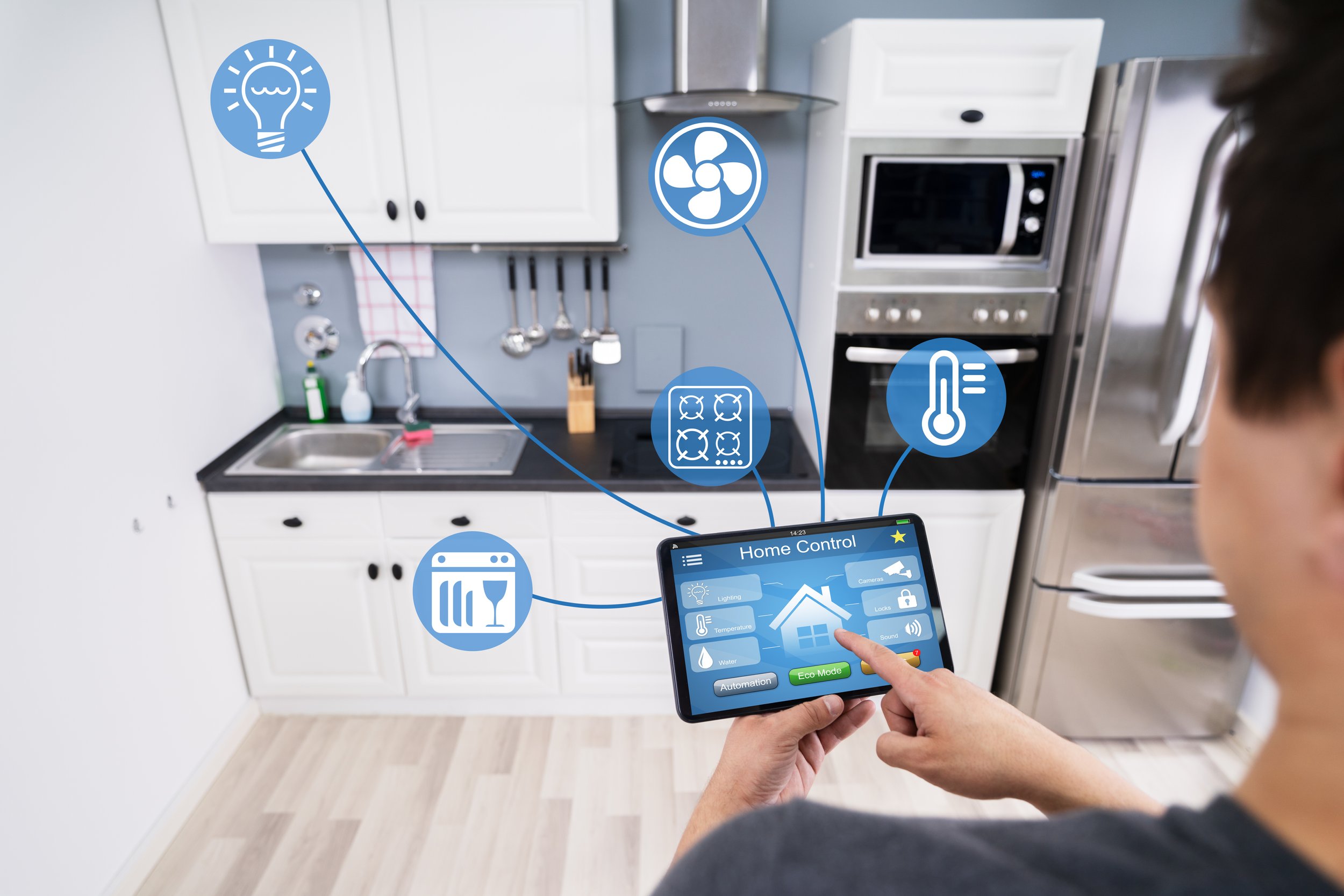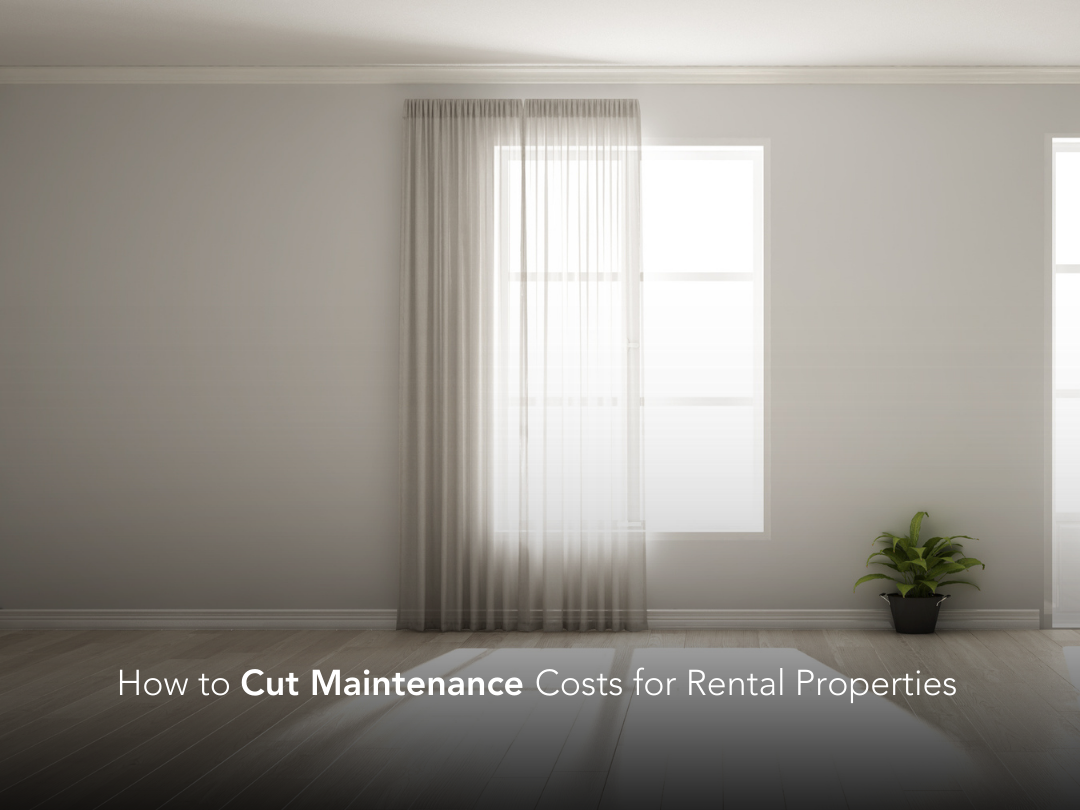In the pursuit of a comfortable and eco-friendly living space, homeowners are increasingly turning to sustainable home renovation. Not only does it align with a growing awareness of environmental responsibility, but it also offers the added advantage of long-term cost savings.
As you remodel your home, consider the three pillars of sustainability: conserving resources, increasing efficiency, and maximizing home health.
Conserving Resources
Reclaimed Materials
Utilizing reclaimed or recycled materials is an excellent way to reduce the environmental impact of your renovation. From reclaimed wood for trim to second-hand furniture for décor, these materials not only add character to your home but also contribute to a more sustainable lifestyle. Visit secondhand stores or organizations like Habitat for Humanity to find unique and eco-friendly materials that fit your budget.
Upgrading Appliances
Older appliances often consume more water and energy. By upgrading to modern, energy-efficient fixtures, you not only contribute to resource conservation but also enjoy significant cost savings in the long run. Consider WaterSense models for toilets, which can save an average family 13,000 gallons and $130 annually.
Improved Plumbing
Addressing plumbing inefficiencies is a crucial aspect of a sustainable home remodel. A tankless water heater, for example, can provide hot water on demand, minimizing energy consumption. Additionally, fixing leaks and optimizing your plumbing system can save both water and money.
Increasing Efficiency
Natural Lighting
Maximizing natural light not only reduces the need for artificial lighting but also enhances the overall ambiance of your home. Consider lighter, reflective paint colors and strategically placed mirrors to amplify the impact of natural light. Window upgrades, when feasible, can further improve your home's energy efficiency.
Enhanced Insulation
Effective insulation is key to conserving energy and maintaining a comfortable indoor environment. Seal doors and windows with caulking and weather strips, and invest in a radiant barrier for your attic to block unwanted heat transfer. Using recycled materials for wall and attic insulation adds an extra layer of sustainability.
Solar Panels
Harnessing the power of the sun through solar panels is a major leap towards energy independence. The decreasing cost of solar technology, coupled with potential subsidies and green home programs, makes this renewable energy source an increasingly viable option for homeowners.
Maximizing Home Health
Minimalism
Embracing a minimalist approach to interior design not only creates a visually appealing space but also reduces clutter and unnecessary consumption. Prioritize essential items, incorporate reclaimed materials, and optimize natural lighting for a healthy and sustainable living environment.
Smart Home Devices
Integrating smart home devices, such as energy-efficient thermostats and HVAC systems, enhances your ability to monitor and control your home's energy consumption. These devices contribute to both efficiency and convenience while providing real-time insights into your home's performance.
Improved Air Quality
Choose construction materials that promote better indoor air quality, such as paints with low or no volatile organic compounds (VOCs) and formaldehyde-free cabinets. Use smart air filters and air quality controls to further enhance the purity of the air you breathe within your home.
Going on a green home renovation journey allows you to align your living space with sustainability principles, reducing your environmental footprint and enjoying long-term economic benefits. By conserving resources, increasing efficiency, and maximizing home health, you can create a sanctuary that not only feels good but also does good for the planet.
Start your journey toward a greener home today and explore more renovation tips from 208.properties for a sustainable and eco-friendly living space.













